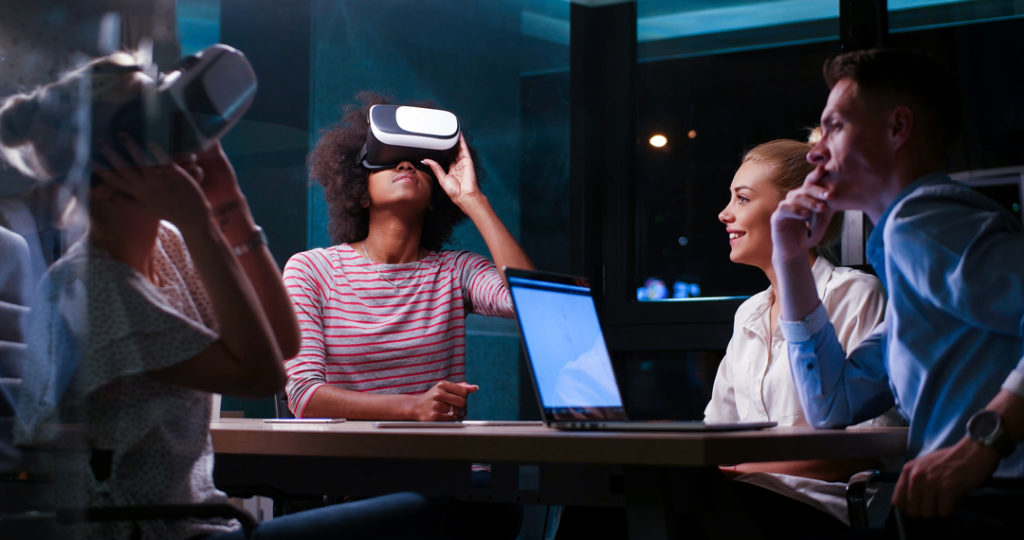
Article written by Dani Andrews
Most companies would say that the most important lesson they learned since the beginning of the pandemic was to be prepared for the unexpected.
Issues like unforeseen supply chain issues and nationwide lockdowns have proven how essential it is to include crisis preparedness in training programs. Sitting down and discussing unexpected scenarios can be quite tedious though unless the right technology is used.
Virtual reality has been effectively implemented in different fields. Scientists use it to study human behavior, and directors have used it as an immersive storytelling device. Today, 75% of Forbes’ ‘Most Valuable Brands’ have already invested in VR in one way or another. It has the ability to engage audiences and provide realistic but safe simulations that would make it an ideal addition to training programs. And this ring trues, especially when talking about crisis preparedness.
Is VR Actually Useful?
VR is usually associated with entertainment. However, VR has also been effectively implemented in psychotherapy, architectural visualization, and even training. Employees from the food company Sprouts were allowed to practice their ability to follow the company’s culture while orienting customers, which led to excellent learning scores. Walmart, on the other hand, used the technology to prepare their workers for stressful days, using a Black Friday simulation.
Using VR to Make Crisis Management Preparedness More Effective
Traditionally, Crisis management preparedness workshops are not hard to put together, but sitting down and discussing different unexpected scenarios can become tedious. Virtual reality allows employees to become immersed in a computer-generated environment. They can inspect their surroundings, and interact with objects, making the experience more engaging.
VR simulations also make it easier for participants to imagine the scenario, but without the fear of making terrible mistakes. As a result, employees feel more comfortable interacting with others during the training, and show more confidence when facing a crisis.
How to Start Using VR in Training
Setting up a functional VR training lab is not that complicated. The sophisticated component parameters and electronic design of VR equipment means that users are able to easily interact with virtual objects and characters. The basic equipment consists of a headset, two hand-held motion controllers, and a computer. The participants wear the headset, which projects a virtual environment to each of their eyes, creating a 3D effect. Any motion of the head or hands is registered and replicated on the screen.
After that, companies can hire a developer to design a specific scenario, complete with sounds and animations. They can even integrate an assessment survey that appears at the end of the workshop, making it easier to see whether the training worked or not.
Crisis management training can protect an organization against unusual market and operational changes that would otherwise leave a company utterly defenseless. A good training program, however, is not enough. Providing a VR workshop would ensure that employees remain engaged, retain more information, and apply their learning to future crises. After all, it’s not a coincidence that the technology has already been implemented by the most successful brands in the world.

Dani Andrews is a business consultant and blogger. She dedicates her time in learning about the latest business trends and strategies. On her free time, she enjoys reading about the innovations in this space.
Exclusively for PREPAREDEX